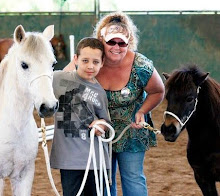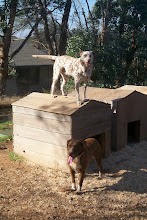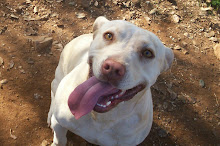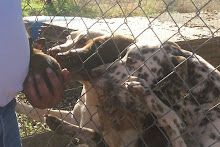Finding the Try *****
This is a VERY good dvd. When we talk about approach and retreat, releasing on the slightest try….in order for that to be effective, I guess we ought to know what a try looks like….shouldn’t we? In this dvd, he gives a pre warning that it isn’t a ‘how to’ on the exercises, but rather simply for looking for the try during the exercise. So that in and of it self is amazing, because it isn’t about….you MUST do it MY way. It is simply….this is how I do it, might not be a bad idea if you did it too….but lets look at the horse and look for the try. He also does not point out all the tries, as he wants YOU to be looking for them.
Having said all that, it is pretty good ‘how to’ of a few very basics, that all our horses need to know. Such as: Halt, Rein back, yield hind/fore quarters, impulsion, and collection. All from the saddle. What I loved about it is that he is so soft and so subtle, he HAS to point it out to you or you won’t see most of it. Don’t we all want to be so quiet, with the smallest aids, that no one else can see them and they thing it pure magic??
In watching it, it became glaringly clear how few of us really do see and reward the beginning of a try. He also doesn’t do phases, so to speak. He will if he needs to, yet he just seems to never really need to, because his timing is so impeccable that the horse gets it sooner, and thus no need to go to phase 4. In the dvd he uses an old trained horse that needs some refreshing, a young filly with only 10 rides on her, and hard headed Belgian that doesn’t want to stop or go. He does all the exercises with each of them, and I was amazed at the lighting fast results he got with that Belgian.
Throughout the dvd, there was little to no fight, because of the way he views the horses response. When he asks a horse to do something, and the horse doesn’t give the desired response, he doesn’t see it as a wrong answer, thus does not argue with that answer, and considers just about anything a horse does is a “try”. The horse IS trying. He is doing ‘something’ to try to figure out what it is we want from him, so making him feel wrong will only cause resentment towards you. Now this doesn’t mean let a horse drag you around or run you over or buck you off….nothing that drastic…..but the core difference is in by using a whisper in the first place, and rewarding even the ‘thought’ of doing the right thing, you just never get to that place where the argument leys. Your horse is more confident and more willing to stay calm as you are not creating a stir in the first place.
Another refreshing point to the dvd is him showing the try in the impulsion department. I have never been a fan of saying that a horse has to drop gait in order to correct him. I agree that you have to wait for him to make a mistake before you can correct it. Not doing so is a part of micro management. However, there are 4 gaits within each gait. In trot, there is the working, collected, medium and extended trot. If you ask for a working trot, and your horse breaks to collected…that IS a mistake and break in gait, and should be corrected. And vice versa if he breaks to a medium trot when you ask him to maintain working trot. He gives a VERY detailed example of this….I loved it….as this is so often mistaken for micro management. Sure when you have a young, green or spoiled horse, you have to start with just maintaining the 3 basic gaits, but you really should quite quickly be more particular about which trot you ask for, or walk or canter. You will have a more emotionally fit, supple, obedient, and biomechanically correct horse, and thus less chance of lameness in the long run.
Now the one thing I found annoying was the kissing, but he stated before he started that you could use seat and leg rather than voice, and I think he used voice because it is an aid that we all could tell he was using, and thus be able to see the try or lack there of, immediately after the cue. But it does reinforce to me….that it is not going to be MY primary vocabulary….it is just annoying….but it is a good example that it is effective.
I loved his simplicity in the lateral work, and his technique in particular for yielding the forequarters.
I think ANYone, regardless of their level….should watch this dvd before you place your rear in the saddle. It honestly will save you a whole lot of time arguing with your horse, because you missed the try!
Savvy On
Michelle


















I am really interested in watching this one. It sounds similar in concept and theory to the "no brace" idea. Thanks for the review.
ReplyDeleteNatalie
Yes Natalie, it is very similar with the added vision of REALLY seeing and knowing when a horse is trying. Most of what we may consider as disobedient or disrespectful behavior is the horse honestly trying, but because it is not the response we want, we dont see it as a try. This dvd really shows that if you dont view it as bad, your are more apt to not lose your horses trust and confidence and less likely to cause resentment, and can get more done sooner by not engaging in a brace.
ReplyDelete